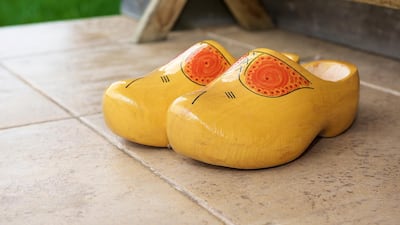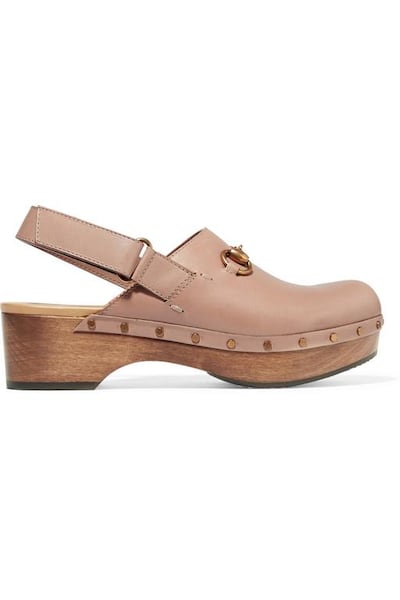Last weekend, Justin Bieber put up a seemingly innocent post on Instagram that piqued the interest of his 148 million followers – a pair of Crocs floating in a swimming pool. The caption was a vague “soon”, and the brand further fuelled suspicion by posting a green heart comment in response. The days following the post also saw the company’s stock jump more than 11 per cent. It's likely, then, that there’s going to be a Justin Bieber and Crocs collaboration coming out soon
Bieber is the latest in a long line of celebrities to endorse the famous footwear brand that sparks extreme reactions. Musicians Post Malone and Bad Bunny, actresses Zooey Deschanel and Natalie Dormer and model Suzu Hirose have collaborated with the company in the past.
As polarising as the shoe is, 2020 seems to be the year of Crocs, which are often touted as the footwear of choice for frontline workers. The comfort factor also makes these the go-to, as more people embrace working from home.
As a style, the Croc is effectively a clog.
The clog features an open back and a covered upper, with a slightly upturned and rounded toe. Although the origins are unknown, it is thought that clogs were traditionally made completely out of wood. Samples found in the Netherlands date back to the 1230s.
The Dutch have been wearing wooden shoes called Klompen since medieval times, and the first guild of clog makers dates back to Holland circa 1570. The protective nature of the wooden footwear made it a popular choice with farmers and miners, and after the shoes were worn down, they were used as firewood.
At the time, the shoes were made by craftsmen called bodgers who carved pairs out of woods such as alder, willow and beech. To this day the wooden shoes are seen as part of Dutch culture and are purchased as souvenirs.
In England, a clog featured wooden soles while the upper was typically made of leather. The style was especially common during the Industrial Revolution when workers required footwear that was strong, but also cheap. It was after the Second World War that clogs began to appear in another avatar – as a fashion statement.
By the 1970s and 1980s, Swedish clogs, known as traskor, became a fashion accessory. Newer iterations of the shoe featured a leather upper and an exaggerated heel – this look was sought by those wanting to make a boho-chic style statement.
Crocs Inc launched in 2001 to unveil its foam footwear, initially developed as a boating shoe. The original "ugly shoe", Crocs were widely seen as a fashion faux pas (Project Runway's Tim Gunn famously said that he couldn't imagine "a more aesthetically offensive item of footwear").
But things have changed in the past few years, and clogs eventually thumped their way on to the catwalk. Dutch designers Viktor & Rolf had their models wearing high-heeled wooden clogs in the 2007 autumn / winter collection. In 2009, chunky high-heeled clogs were pegged as the next stiletto thanks to iterations from Chanel.
In 2017, British designer Christopher Kane sent models down the runway in marbled, gem-encrusted Crocs, while Balenciaga took foam clogs to new heights in 2018, when its models put on platform Crocs on the Paris Fashion Week runway. In the same year, Dior made a case for the clog with the launch of Diorquake, a rounded shoe with a wooden sole and metallic embellishment.
Whether you love them or hate them, 2020 – and now Justin Bieber – are keeping the brand and the style one step ahead of the game.



